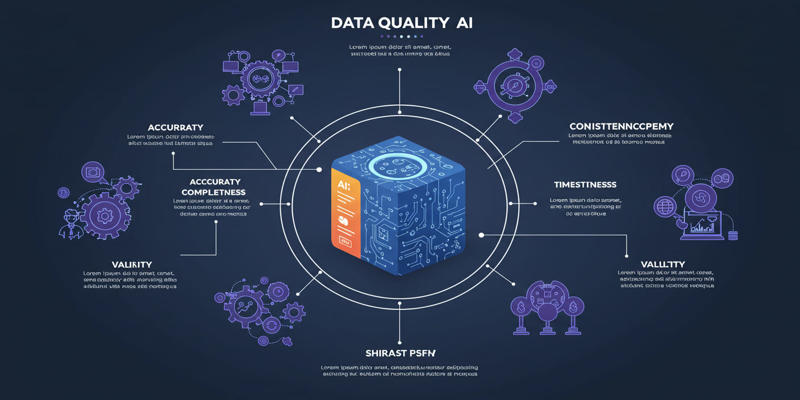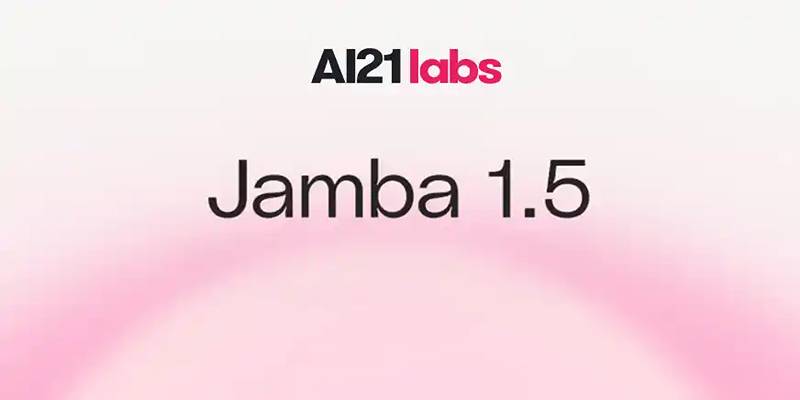Imagine a platform where your creative ideas can take shape using advanced artificial intelligence—where digital art is no longer limited by tools or techniques but by imagination alone. Welcome to Civitai, a fast-growing, community-driven platform that empowers users to fine-tune AI models, explore diverse Stable Diffusion creations, and share their results with fellow innovators.
This guide will take you on a comprehensive tour of Civitai, exploring its standout features like LoRA, checkpoint models, and its community-driven approach to AI-powered media creation. Whether you’re new to generative AI or already crafting visual content with diffusion models, Civitai opens up a world of endless artistic potential.
What is Civitai?
At its core, Civitai is a platform that bridges creativity and AI. It enables users to upload, fine-tune, share, and download machine learning models—particularly those trained for image generation using Stable Diffusion. By offering easy access to these models, Civitai allows creators to transform text prompts into visually stunning outputs.
From anime and abstract visuals to hyper-realistic art, Civitai’s model library is a treasure trove for anyone interested in AI-generated media. The platform supports everything from basic image generation to sophisticated fine-tuning via LoRA models, making it ideal for hobbyists, developers, and digital artists alike.
But what really sets Civitai apart is its community-first approach. Users aren’t just consuming models—they’re actively contributing, reviewing, experimenting, and collaborating. It makes Civitai not just a platform but a creative ecosystem.
Key Terms You Should Know
Before diving into models and tools, let’s understand some basic terminology often used on Civitai.
Model Checkpointing
It refers to saving the state of a machine learning model at a given point during training. The checkpoint captures all important parameters like weights and biases. These saved versions can be downloaded from Civitai and used directly for inference or further fine-tuning.
Base Models
A base model is a pre-trained model that serves as the foundation for generating content. These models are trained on large datasets and can be fine-tuned further to specialize in specific styles or subjects. Think of them as the canvas on which creativity begins.
LoRA (Low-Rank Adaptation)
LoRA is a breakthrough fine-tuning technique that enables users to adapt large models using fewer parameters. Rather than retraining the entire model, LoRA modifies only a small portion, making it faster, more efficient, and far less resource-intensive. LoRA is especially effective when working with large diffusion models like those hosted on Civitai.
What Makes Civitai Unique?

Civitai stands out for three main reasons:
1. Extensive Model Library
The platform features a growing collection of custom models—ranging from anime styles and realistic portraits to surreal environments and cinematic visuals. These models are contributed by users worldwide and often come with trigger words, sample prompts, and style previews.
2. Built-in Create Option
Registered users can directly generate images on the platform using selected models. Although image generation may be credit-limited (Civitai uses a token called “Buzz”), it’s a great feature for trying models before downloading them.
3. LoRA Support
Users can easily explore and integrate LoRA models into their workflow. These small, powerful add-ons bring remarkable style-specific changes without requiring full retraining of base models.
Exploring Popular Models on Civitai
Let’s look at some standout models that exemplify the creative scope of the platform.
Flux
One of the most popular models on Civitai, Flux is a checkpoint-trained model optimized for versatile image generation. Users can generate everything from serene landscapes to character art with the right prompt.
You can choose to use Flux online through Civitai’s UI or download it for use in local environments like Automatic1111’s Stable Diffusion Web UI. For those new to Stable Diffusion, this flexibility is fantastic—it accommodates both beginners and advanced users.
Whether you're creating a dreamy 1024x1024 image of "a person sitting on a tree with a balloon" or exploring conceptual art, Flux delivers stunning visuals.
Photon_v1
Photon_v1 is another well-regarded checkpoint model on Civitai. Unlike Flux, Photon_v1 tends to produce vivid, stylized interpretations of prompts. It’s ideal for generating emotionally rich or narrative-driven artwork.
For best results, it’s recommended to run Photon_v1 on a local setup with GPU support, such as Google Colab (if you don’t have a powerful PC). This model, when combined with the Stable Diffusion Web UI, offers full creative control through settings like CFG scale, sampling methods, and steps. Prompt something like “a man carrying an umbrella,” and you’ll be surprised by how expressive the generated artwork becomes—even at lower resolutions like 512×512.
Using LoRA Models on Civitai
One of the most exciting aspects of Civitai is its integration of LoRA models, which allow users to fine-tune large models quickly and with limited resources.
Example: Vixon’s Anime/Manga Styles (LoRA)

Let’s walk through how LoRA models work using Vixon’s Anime/Manga Styles as an example.
To use this LoRA model, you also need its corresponding base model, which in this case is Pony Diffusion V6 XL. After downloading both from Civitai, they must be properly placed into the correct directories (LoRA and Stable Diffusion folders) within your Web UI environment.
Once launched, select:
- Base Checkpoint: Pony Diffusion V6
- LoRA Model: Vixon’s Anime/Manga Styles
You can now enter prompts like:
Trigger words play a vital role here—they guide the LoRA model to follow specific styles or elements embedded during training. Many model creators on Civitai provide these cues in their model description pages. The result? A high-quality anime-style image, uniquely rendered based on your input and the model’s learned aesthetics.
Conclusion
Civitai is more than just a repository of models—it’s a collaborative, creative platform that brings the power of generative AI to everyone. With easy access to checkpoint and LoRA models, artists and developers alike can bring their ideas to life faster, smarter, and more customized ways. From experimenting with trending styles like Flux and Photon_v1 to diving into stylistic fine-tuning using LoRA, the possibilities are nearly endless.











